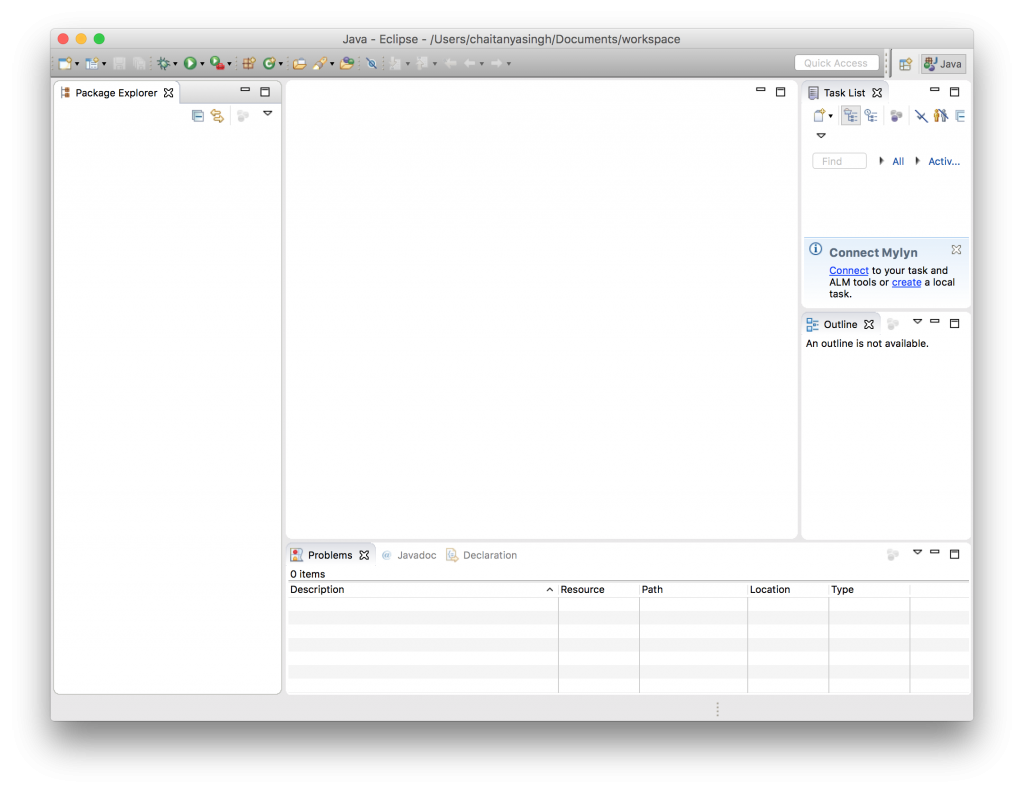

It even adds a nice badge to the Dock icon(s), and to the icons in the task switcher. This should be the accepted answer: -n Open a new instance of the application(s) even if one is already running.This is the better answer IMHO because Eclipse still stays running (even if you close Terminal.It really shouldn't be this hard.you're a lifesaver. Brilliant - definitely a +1 for this help.The -n is for "Open a new instance of the application(s) even if one is already running." For the mac, you can make an alias to do this from any directory in the terminal as well: alias eclipse='open -n /Applications/eclipse/Eclipse.app'.

#Eclipse workspace dock badge for mac os x full
choose Utilities->Run shell script, and add in the above script (need full path to eclipse) multiple eclipse installations mac (15) Instead of copying Eclipse.app around, create an automator that runs the shell script above. Running Multiple Eclipse Windows, How can I open multiple Eclipse workspaces at the same time on the Mac? On other platforms, I can just launch extra Eclipse instances, but the Mac will not let two Open multiple Eclipse workspaces on the Mac. "Eclipse" is an application downloaded from the Internet.
Instead, simply using the ".app" version will rely on your previous consent, or prompt you once: Your security preferences allow installation of only apps from the Mac App Store and identified developers.Įven removing the extended attribute does not fix that. "eclipse" can't be opened because it is from an unidentified developer. StackExhnage sites should be better as you can see if an answer has been agreed to from the number of votes.This seems to be the supported native method in OS X: cd /Applications/eclipse/īe sure to specify the ".app" version (directory) in OS X Mountain Lion erroneously using the symbolic link such as open -n eclipse, might get one GateKeeper stopping access: So 3 or 4 work if you are calling the program from the command line (or from a program started in the command line but not by open)Īs for programs from the GUI see this questionĪs for internet is full of rubbish - you need to have enough background to understand an article because as you have discovered many assume things or are incorrect.


 0 kommentar(er)
0 kommentar(er)
